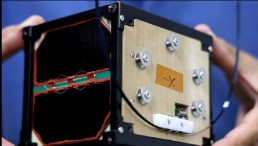space
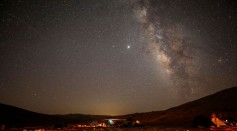
Stargazing Guide September 2021: How To Watch Dazzling Spectacle of Stars and Planets This Month
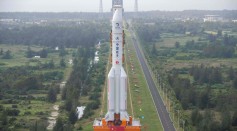
China ‘Silently’ Launched 4 Satellites in 2 Rockets in Just Hours; What Is This About?
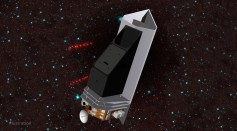
Near-Earth Object Bigger Than Statue of Liberty Will Not Harm Planet; 2021 NY1 and 17 Other Asteroids Will Fly By in September
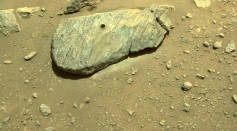
NASA’s Perseverance Rover Finally Drills First-Ever Rock From Red Planet

Asteroid Belt's Giant Space Rock Presents Unsolvable Puzzle: Vesta Craters Could Shed Light on Earth's Origin
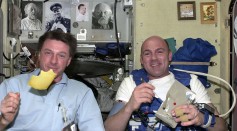
Life in Space: Michael López-Alegría Shares How Astronauts Eat; Describes Way to Prepare, Eat Food While Floating Above Earth
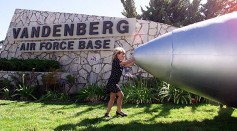
Firefly Aerospace to Launch First Ever Rocker Soon; How to Watch
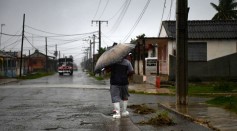
NASA’s Satellite Notes Power Outage in New Orleans Caused by Hurricane Ida: When Will Electricity Return?

China Wants To Make Own Mars Helicopter That Looks Like Ingenuity Rover
X-Ray Magnifying Glass of Chandra Gives Enhanced Resolution of Distant Black Holes, Sheds Light on Possible Black Hole System in Early Universe
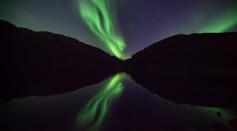
Geomagnetic Storms: Coronal Mass Ejections This Week Could Make Bright Auroras in Some Parts of Earth
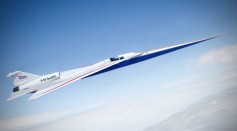
NASA's X-59 Spacecraft: Lockheed Martin's 'Quietest' Aircraft's First Flight Approaching Soon

China Zhurong Rover Snaps Broad Panorama of the Utopia Planitia Area of Mars For Its 100th Day Mark
How Black Holes Form: New Simulation Video Shows How Galaxies Feed Supermassive Mouths
Most Popular

Nikolay Karpenko Biography, Photo, Career, Accomplishments

How Technology Is Changing the Real Estate Industry?

Newly Discovered Mammal 'Heleocola piceanus' Was a Swamp Dweller Coexisting With Dinosaurs

The Ultimate Guide to John Deere Z425 Oil Capacity and Maintenance


